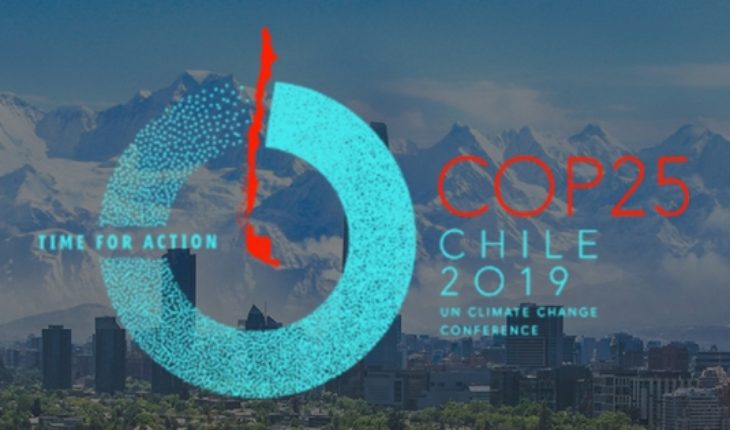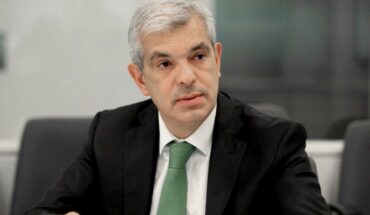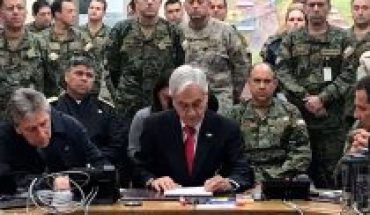The motto for government is simple: without the economy growing, there is no development. Economy first, social welfare and environmental protection afterwards. It is the classic model of what is called the Environmental Kuznets Curve (CKA), which indicates – incorrectly – that countries only improve their social and environmental conditions when they reach higher income levels. Climate change is evidence of this false conception of development.
Arguing against economic growth generates accusations of naivety or betrayal, but rather we should ask ourselves: What do we want to measure with growth, what grows? If the economy grows, it means that production and consumption increase, but this does not necessarily impact social conditions and the ‘use of nature’. That is why – almost 100 years after the invention of Gross Domestic Product GDP (by Simon Kuznets himself – whose name was appropriate for the CKA) – it is time to rethink how we measure development. The current metric does not give the width. Economic growth itself does not produce more sustainable development.
That is why the cancellation of APEC and COP meetings is relevant. This is because it is not possible to reconcile economic liberalization with the fight against climate change in the short and medium term. Perhaps it is better to pause before having these conferences in the country, because of their contradictions and antagonisms. We need time to reflect on how we understand the role of capital, nature and work to define an appropriate model that sustains a new social pact for all.
During the last decades of market liberalization we have experienced a boom in the concentration of greenhouse gases in the atmosphere. Not only have Western countries been liberalizing economically, but also India and China, and this brings development measured almost exclusively in terms of consumption. More GDP – more consumption than for the poor in India and China means fragile well-being and survival, while for rich countries it implies a clear responsibility for climate change from the 19th century to date. Over-consumption has impacted obesity, fast fashion, acquisition of luxury goods as a status symbol, 30% of wasted food, among other phenomena.
In the context of climate change, the fundamental problem is that liberalization growth has been mainly based on fossil energy. Coal and then oil have been the engines of the industrial revolution and contemporary globalization. Neither APEC nor the World Trade Organization (WTO) has reflected on this; have expected the COPs (Conference of the Parties) to resolve these problems, but without success in terms of urgency and scope. Nor have they resolved the contradiction between liberalization of finance, goods and services and the restriction of migration. They have controlled a factor of production – labor force – and released two factors – land or environment, and capital. That is why we have an inconsistent model, which produces inequity internationally and intra-nationally through markets built for the benefit of those who invest to the detriment of workers and nature, understood as natural resources and the environment Environment.
Income gaps combined with wealth (wealth, property, etc.) within countries, and between the richest and poorest in the world, have widened over the past few decades. In terms of the environment, climate change is the tip of the iceberg of ecological destruction produced by consumption patterns. In almost all areas: biodiversity, pollution, waste generation, among others, the figures are not disappointing; are critical. That is why the liberalization promoted by APEC among other multilateral agreements does not indicate that ‘more is better’ to reduce socio-economic gaps and the environmental crisis. For example, liberalization of the non-renewable energy market may be the answer during this century, but growth, in the current model, produces inequity, is neither coincidental nor unexpected, and nature degrades or dies at its mercy.
The emperor has no clothes on. As in Andersen’s fable, the current economic model has not been able to make a difference in country equity, even if it is a truth denied by the government. A new social pact cannot be built without a new economic model in which reducing inequity and resolving the climate change challenge are central objectives. Growth that fails to achieve these goals is empty growth. Nor is it a point of having a conference that produces liberalization and a growth model that seems decoupled from the challenge of climate change.
The content poured into this opinion column is the sole responsibility of its author, and does not necessarily reflect the editorial line or position of El Mostrador.





